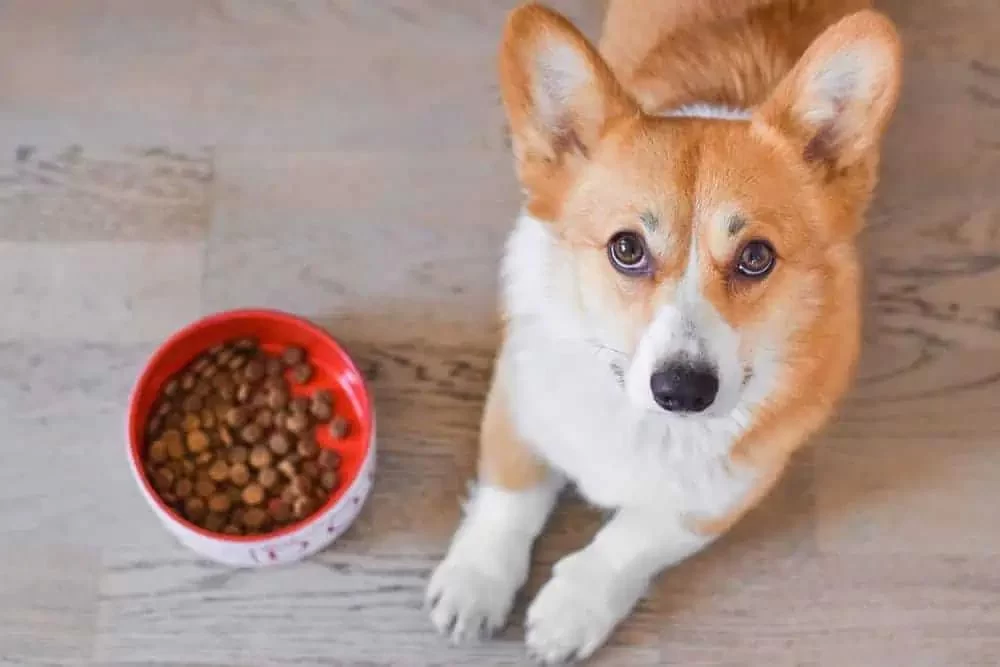Understanding Pet Food Intolerance and How to Address It
As a pet owner, you want the best for your furry friend, especially when it comes to their health and well-being. One aspect that often gets overlooked is food intolerance. I can personally relate to this concern as I have had my own experiences with food intolerance in my pets. It can be challenging to identify and address, but once you understand it better, you can provide the proper care your pet needs. In this article, I’ll share my personal journey, insights, and tips on how to handle your pet’s food intolerance effectively.
What Is Pet Food Intolerance?
Food intolerance in pets is often confused with food allergies, but they are not the same. A food intolerance occurs when a pet’s digestive system has difficulty processing certain ingredients, leading to discomfort. Unlike food allergies, which involve an immune response, food intolerance is more related to the digestive system’s inability to break down certain proteins or carbohydrates. I first realized my dog Max had food intolerance when he started having digestive issues after every meal. It wasn’t severe enough to be an allergy, but it made him uncomfortable and sluggish.
Recognizing the Symptoms of Food Intolerance in Pets
Recognizing the symptoms of food intolerance can be tricky, as they often overlap with other health issues. For Max, the first signs were frequent stomach upsets, bloating, and excessive gas. I also noticed that his coat lost some of its shine, and he was scratching more than usual. The symptoms can vary, but here are some common signs to watch out for:
- Frequent vomiting or diarrhea
- Excessive gas or bloating
- Change in appetite
- Skin irritations or scratching
- Weight loss despite regular feeding
If you notice any of these symptoms, it’s important to consult your veterinarian. They can help determine whether your pet has food intolerance or if there’s an underlying health condition causing the issues.
Common Ingredients That Trigger Food Intolerance in Pets
After working closely with my vet, I learned that certain ingredients are more likely to cause food intolerance in pets. For Max, I discovered that wheat and dairy were the culprits. While these ingredients are common in many pet foods, they can be hard for some pets to digest properly. Some other common ingredients that can cause issues include:
- Grains (corn, wheat, soy)
- Dairy products
- Beef or chicken (in some pets)
- Artificial preservatives and additives
Knowing what ingredients trigger your pet’s food intolerance is key to choosing the right food. If you're unsure, it may take some trial and error, but it's worth the effort to find the right diet that keeps your pet healthy and happy.
How to Address Your Pet’s Food Intolerance
Once you’ve identified that your pet has food intolerance, there are several steps you can take to manage the condition. Here’s what worked for me:
1. Elimination Diet
The first step my vet recommended was an elimination diet. This process involves feeding your pet a limited-ingredient food that doesn’t contain any of the common allergens. For Max, we switched to a diet with a single protein source, like lamb, and eliminated grains and dairy. Over several weeks, we monitored his symptoms to see if they improved. An elimination diet is a great way to pinpoint the specific ingredients causing discomfort, but it’s important to do this under the guidance of your vet to ensure your pet’s nutritional needs are met.
2. Transition to a Specialized Diet
Once we identified the ingredients Max couldn’t tolerate, we worked with our vet to transition him to a specialized food designed for pets with food intolerances. These foods typically contain novel proteins and easily digestible carbohydrates, which are less likely to trigger a reaction. I found that switching Max to a limited-ingredient diet made a huge difference in his overall health. His digestion improved, his coat got shinier, and he stopped scratching as much. The right food can make a world of difference in how your pet feels.
3. Monitor and Adjust
Managing food intolerance is not a one-size-fits-all approach. What works for one pet may not work for another. After Max adjusted to his new diet, we still had to monitor him regularly and make adjustments as needed. If you notice any lingering symptoms or new reactions, it’s a good idea to revisit your pet’s diet and discuss other options with your vet. They may recommend a different protein source or even a prescription diet that targets specific sensitivities.
My Personal Experience: A Success Story
One of the most rewarding experiences I’ve had as a pet owner was when Max’s food intolerance was finally under control. After months of trial and error, we found a food that worked for him, and he became more energetic, his digestive issues cleared up, and he was much happier overall. It was a tough journey, but seeing Max thrive again made it all worth it. I’m so grateful for the guidance I received from my vet and the support of my fellow pet owners who shared their experiences.
When to Seek Professional Help
Food intolerance can sometimes be confused with more serious conditions, such as food allergies or gastrointestinal diseases. If your pet is showing persistent or severe symptoms, it's important to seek professional help. A vet can run tests to determine the root cause of your pet’s discomfort and guide you in the best treatment options. Don’t hesitate to consult your vet, as early intervention can prevent more serious health issues from developing.
Conclusion
Dealing with your pet’s food intolerance can be challenging, but it’s entirely manageable with the right approach. I’ve learned that identifying the triggers, switching to the right food, and monitoring your pet’s progress are key steps in providing the best care. Don’t be afraid to ask your vet for help and advice – after all, they are your partner in ensuring your pet’s long-term health and happiness. For personalized recommendations and dietary plans, consider reaching out to Hidden Brook Veterinary, where their team can guide you through the process of addressing food intolerance and ensuring your pet’s well-being.












